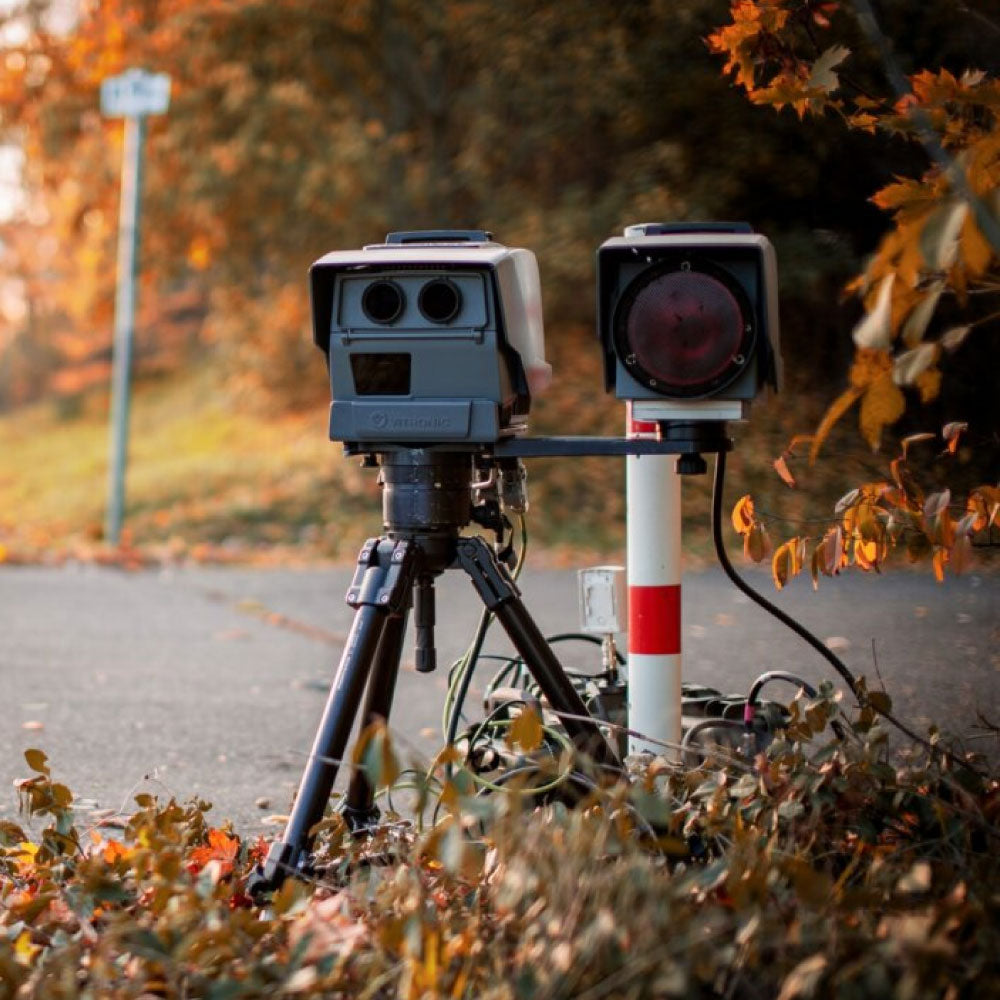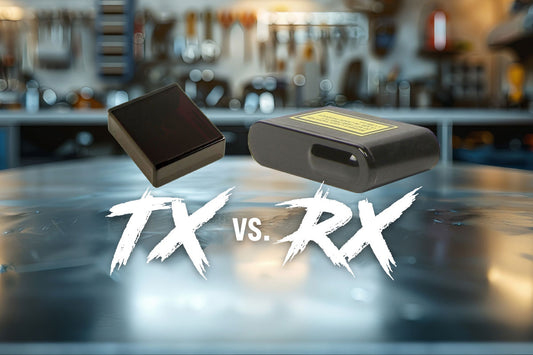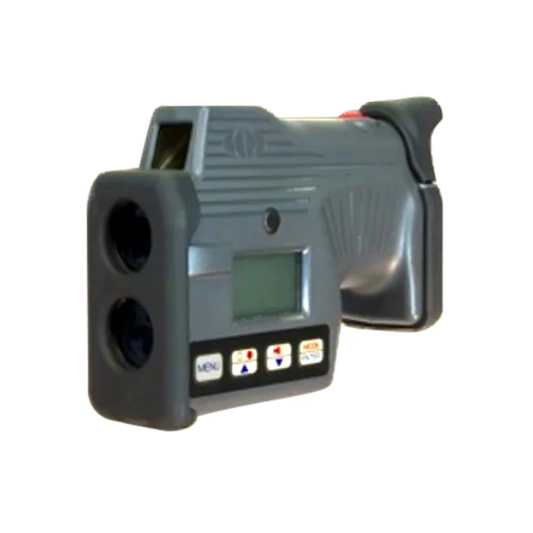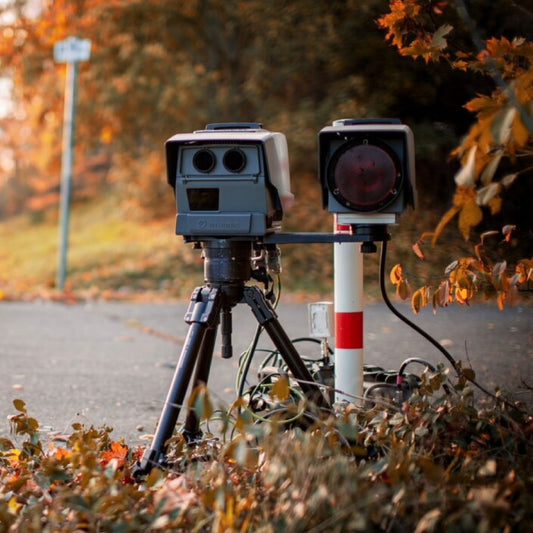If you're a driver in North America relying on a radar detector for protection, it's time to update your knowledge about a new and sophisticated technology making waves in the world of speed enforcement: MultaRadar. This advanced radar system has been a staple in Europe for years and now has progressively been adopted all across Canada and the United States. Understanding MultaRadar is essential if you want to stay ahead and keep a mindful eye out for these less than obvious threats.
The Evolution of Radar Detection
For decades, X, K, and Ka bands have dominated the speed enforcement scene in North America, with police radar technology remaining largely unchanged. These bands, utilized by continuous wave radar guns, are readily detectable by most high-end radar detectors, offering drivers the reassurance they need on the roads. However, as law enforcement sought precision and stealth, many agencies have transitioned to LIDAR (laser) guns known for their pinpoint accuracy.
Enter MultaRadar: A New Challenge
MultaRadar represents a significant departure from traditional radar technology. Multaradar CD, or MRCD, is an advanced traffic radar system employed by law enforcement to measure vehicle speeds with precision.
Utilizing low-power frequency-modulated continuous wave (FMCW) technology, MRCD operates across multiple frequencies, making it far more discreet and difficult to detect compared to traditional radar systems. This flexibility allows MRCD to monitor multiple lanes simultaneously, enhancing its effectiveness in traffic law enforcement.
If you try to picture what that might look like, imagine an old car radio that stays fixed on one station (traditional radar). MultaRadar, on the other hand, is like a radio with a constantly turning dial, scanning across different stations (frequencies) rapidly. This makes it hard for older detectors to stay "tuned in" to locate it.
Where is MultaRadar Used?
In Canada, MultaRadar has become widespread, cleverly concealed within pickup trucks and integrated into various speed enforcement systems. In the United States, its presence is growing rapidly as well. As more states conduct trials, MultaRadar's adoption continues to spread, making it increasingly urgent for radar detector users to consider compatibility to capture and give advance warnings to these growing threats.
The Versatility and Utility of MultaRadar
MultaRadar wasn't invented solely to outsmart radar detectors. Its modulated nature allows it to measure both speed and distance, a critical advantage over continuous wave radar. This dual capability has made it invaluable not only in speed enforcement but also in modern vehicle safety systems like blindspot monitoring, radar cruise control, and collision avoidance.
MRCD vs. MRCT: What's the Difference?
MultaRadar comes in two primary forms: MultaRadar CD (MRCD) and MultaRadar CT (MRCT). While technologically similar, MRCT is a newer variant used in cutting-edge enforcement systems. For the end-user, there's minimal difference, but it's worth noting that some advanced detectors can identify both types.
Investing in MultaRadar Detection
For those in the market for a new radar detector, ensuring it detects MultaRadar is a wise choice. Many premium detectors now include this capability without a significant increase in cost. If you're spending $400 or more on a new device, future-proofing your purchase with features like MultaRadar detection is prudent.
Conclusion
As technological advancements shape the future of speed enforcement, staying informed about the latest tools like MultaRadar can make all the difference. Investing in a radar detector equipped to handle these changes will provide you with the peace-of-mind needed for responsible and informed driving. Embrace the new era of detection technology and continue to drive safely and confidently through North America's evolving traffic environments.




